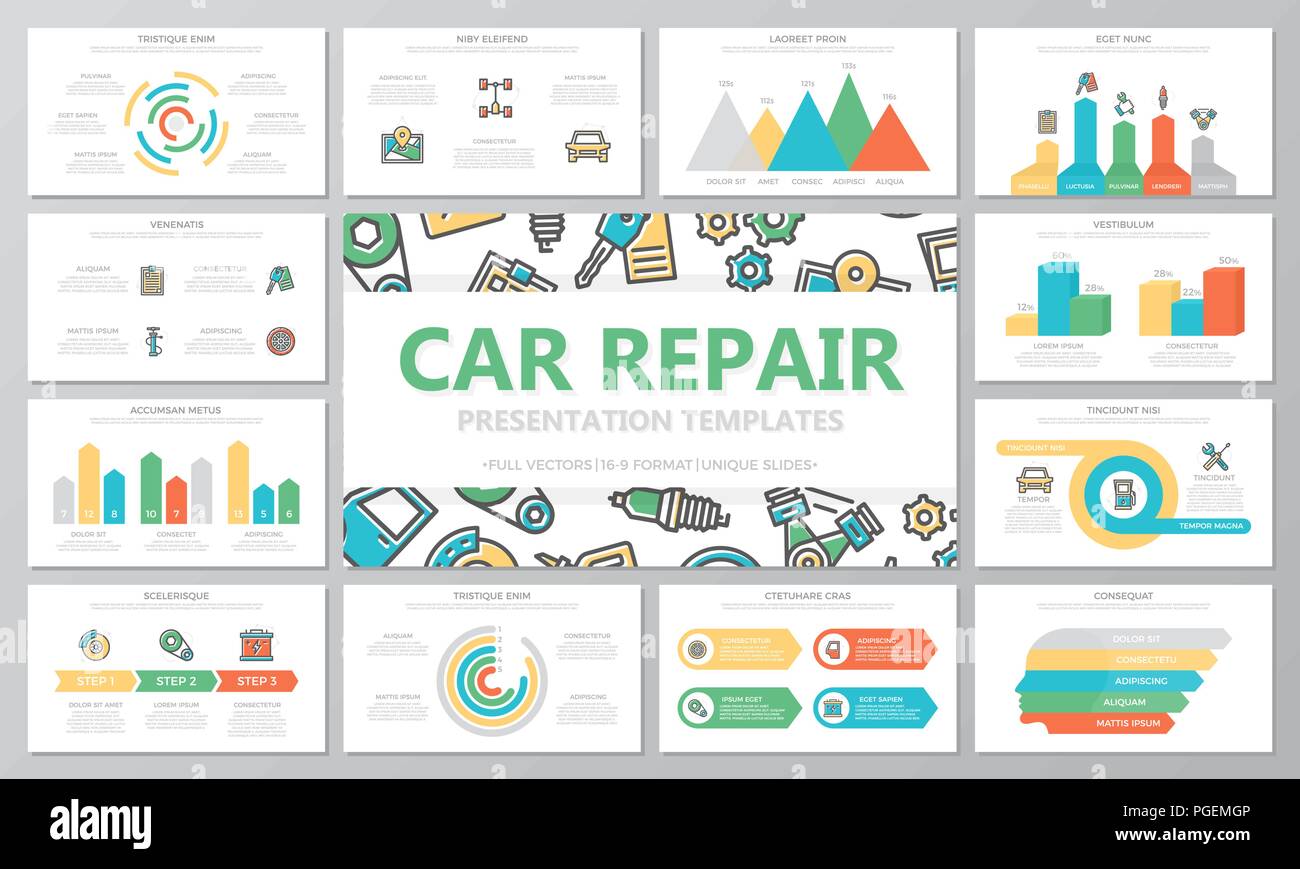Analyzing Your Automobile'S Alert Lights: Their Real Implications
Analyzing Your Automobile'S Alert Lights: Their Real Implications
Blog Article
Web Content Produce By-Samuelsen Torres
When you're behind the wheel, those beautiful caution lights on your control panel can be a bit bewildering. Do you understand what they're trying to tell you regarding your vehicle's health and wellness? Comprehending the significance of these lights is vital for your safety and the longevity of your car. So, detailing car among those lights turns up, wouldn't you want to decode its message accurately and take the necessary actions to resolve it?
Common Warning Lights and Interpretations
Recognize typical caution lights in your auto and comprehend their meanings to make sure secure driving.
One of the most typical caution lights include the check engine light, which signals problems with the engine or exhausts system. If marine detailing near me comes on, it's important to have your vehicle inspected immediately.
The oil stress warning light suggests reduced oil pressure, calling for prompt attention to prevent engine damage.
A flashing battery light may suggest a malfunctioning billing system, potentially leaving you stranded otherwise attended to.
The tire pressure surveillance system (TPMS) light alerts you to reduced tire pressure, impacting vehicle security and gas effectiveness. Disregarding this can result in harmful driving problems.
The abdominal muscle light suggests an issue with the anti-lock stopping system, endangering your ability to stop swiftly in emergency situations.
Lastly, the coolant temperature alerting light warns of engine getting too hot, which can lead to extreme damages if not settled quickly.
Recognizing these common caution lights will assist you attend to problems immediately and maintain secure driving conditions.
Relevance of Prompt Interest
Understanding the common warning lights in your auto is just the very first step; the importance of without delay dealing with these cautions can't be emphasized sufficient to guarantee your safety and security when driving.
When a caution light illuminates on your control panel, it's your vehicle's way of connecting a potential problem that requires focus. Disregarding these cautions can cause more serious problems in the future, endangering your security and possibly costing you a lot more out of commission.
Trigger focus to cautioning lights can avoid failures and crashes. As an example, a flashing check engine light might show a misfire that, if left unattended, might create damages to the catalytic converter. Resolving this immediately can save you from a costly fixing.
Similarly, a brake system alerting light may signal low brake fluid or used brake pads, vital elements for your safety and security when driving.
Do It Yourself Troubleshooting Tips
If you see a warning light on your dashboard, there are a few do it yourself troubleshooting suggestions you can try before seeking professional assistance.
The first step is to consult your car's handbook to comprehend what the details caution light shows. Sometimes the issue can be as easy as a loose gas cap activating the check engine light. Tightening up the gas cap might solve the issue.
An additional common issue is a reduced battery, which can set off numerous warning lights. Examining the battery links for corrosion and guaranteeing they're secure may deal with the issue.
If a warning light lingers, you can attempt resetting it by separating the auto's battery for a couple of mins and after that reconnecting it. Additionally, inspecting your lorry's fluid degrees, such as oil, coolant, and brake fluid, can assist troubleshoot alerting lights associated with these systems.
Final thought
Finally, comprehending your vehicle's caution lights is crucial for keeping your car running smoothly and securely. By quickly attending to these notifies and knowing what they indicate, you can prevent pricey repairs and potential break downs.
Remember to consult your cars and truck's manual for specific information on each warning light and do something about it as necessary to make sure a trouble-free driving experience.
Remain notified, remain secure on the road!
